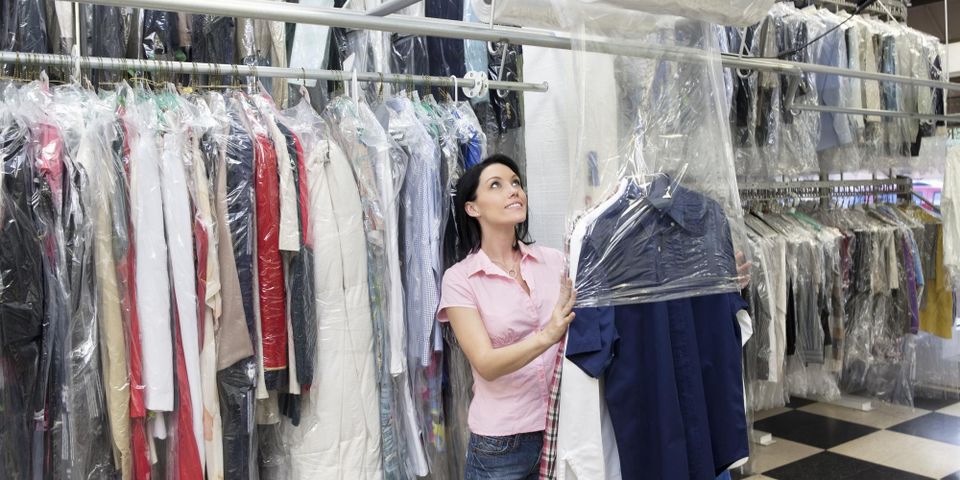
From business suits to formal dresses to coats, several of your favorite items cannot be thrown into a regular washing machine and come out in the same condition that they went in. Dry cleaners specialize in these difficult garments so that you can look your best no matter the occasion. The guide below explores the origins of this practice and what it entails.
History of Dry Cleaning
Invented in 1855 by Jean Baptiste Jolly, a French dye-works owner, dry-cleaning refers to a process that uses chemical solvents to clean clothes in place of water. A gentler process, it prevents shrinking and stretching and will not destroy detailing, such as beading or sequins.
What Does the Dry Cleaning Process Look Like?
Tagging & Inspection
While methods vary depending on the vendor, traditional dry cleaners will create an order and tag your item with an identification number at drop-off. Clothing is examined for any existing damage, like missing buttons, tears, or broken zippers, and should any be noted, the cleaner will contact the customer before proceeding.
Pre-Treatment
As part of the initial inspection, the dry cleaner checks clothes for stains and treats them before the solvent cleaning process. If you know what the source of the specific stain is, inform them to aid their efforts at removal. This stage also involves removing or covering delicate buttons and trim to protect them from damage.

Dry Cleaning
Soiled clothes are loaded into a large drum-style washing machine and cleaned with a water-free chemical solvent. The clothing is then gently agitated in the solution, loosening soils and cleaning the clothes. The solvent is then drained, filtered, and recycled, and the clothes are rinsed in a different solvent solution to flush away any lingering remnants of debris.
Post Spotting
The solvent used in the dry cleaning process works well at removing oil-based stains; however, other types can prove tougher. Therefore, all garments are examined afterward and lingering discoloration treated with steam, water, or a vacuum.
Finishing
The final step includes steaming or pressing out wrinkles, reattaching buttons, and making any final repairs. Items are then hung or folded so they can be returned to the customer. The plastic bags are provided to help transport clothes without staining. However, it's important to take them off right away or else your articles might get damaged from excess moisture.
Martinizing Green Cleaning – Denver in Colorado serves Metro-area residents. They will make you look fantastic at your next meeting or party with their top-of-the-line services, utilizing eco-friendly methods. In addition to dry cleaning, they also offer alterations and leather cleaning. For teams who want to stand out from the competition, they also offer uniform care. Visit their website or call them at (303) 504-9855 to learn more about their capabilities.
About the Business
Have a question? Ask the experts!
Send your question

